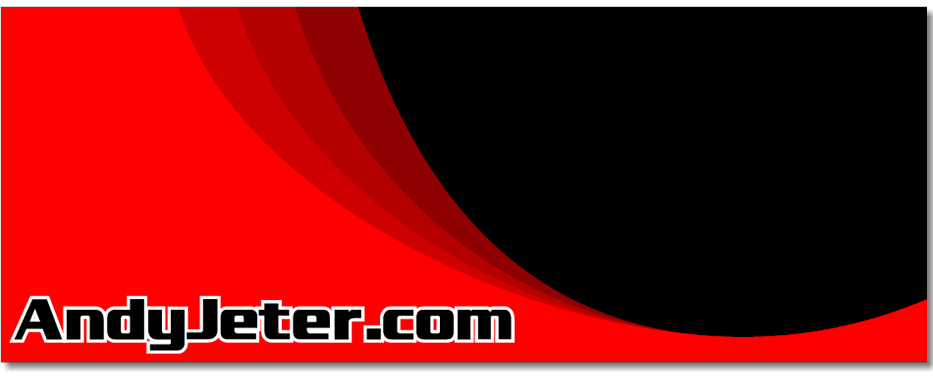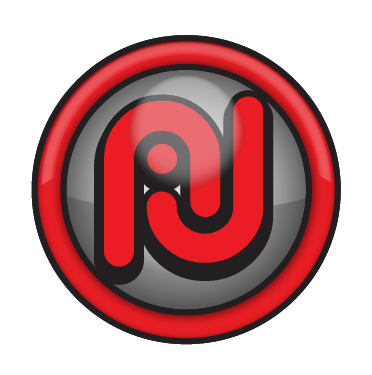To better understand how technology integration can be used to support the creation of a flexible learning environment characteristic of the Universal Design for Learning (UDL) framework, I reviewed multiple tools including Wikis and graphic organizer generators. UDL is a constructivist framework which promotes differentiation and collaboration. I've worked with Wikis in my classroom in the past but never made the connection to UDL until my participation in the Technology Integration course. Wikis support UDL by allowing students to collaboratively author a document. The graphic organizer tool I selected to review is called "Bubbl.us." It's a web based tool that allows students to collaboratively create mind maps.

Wikis
I’ve had the opportunity to have my students work with wikis in the past. At the most basic level, wikis provide a means of collaborating on a document, however the ability to incorporate images, video, audio, and hypermedia provide opportunities for multiple methods of representation and expression, two of the components of UDL. Most students I’ve worked with have an innate desire to express themselves in one form or another. Wikis present a blank canvas for students to be engaged in self-expression while applying what they are learning in a flexible collaborative space. They further benefit from the contributions of their classmates as they are able to experience a topic relative to diverse perspectives.
Graphic Organizers: Bubbl.us
Bubbl.us is a mind-mapping tool that could be used for a plethora of purposes: planning, pre-writing, brainstorming, timelines, family trees, etc. I’m initially drawn to the potential for collaboration with this tool. Though basic mind map functionality is free, the site does offer real time collaboration as a premium feature. I’ve previously used the basic features but would be interested in purchasing the pay version so that my students could use it for planning purposes for group projects. I could foresee its use in a lesson in which I present a topic and ask students to contribute relevant examples to the class graphic organizer. I also selected this tool as it can be applied to any content area while reinforcing such cross-curricular skills as pre-writing and organization.
Where UDL is concerned, Bubbl.us certainly provides learners with multiple methods of representation as it presents a graphic organizer for what might have otherwise been a basic outline. Placement of parent and child bubbles enables the creation of a visual hierarchy that has the potential to assist students in their understanding of relationships between various subjects. I personally like the ability to change colors and text formatting to add another visual layer to the organization. As a sort of “sandbox” tool, multiple means of expression are more like infinite means of expression. Students working with the tool can decide how they want to place bubbles in their layout, the colors, the shapes, what line style is used, and how to represent their concept(s) in general. The program also supports multiple methods of engagement. I envision group work in which each member has a unique role (for example: facilitator of a discussion, time-keeper, note-taker – the one who constructs the mind map, etc.) but the roles could change with every session or after a certain timeframe.
Overall, Bubbl.us presents numerous options, is intuitive / quick and easy to teach to students and promotes critical thinking. I feel that it also has the potential to foster cognitive development by enabling students to create visual representations of constructs that they might not otherwise grasp from text-based information alone. Though it isn’t the only mind-mapping tool I’ve encountered, Bubbl.us is one of my favorites for its relative simplicity and infinite applications.

